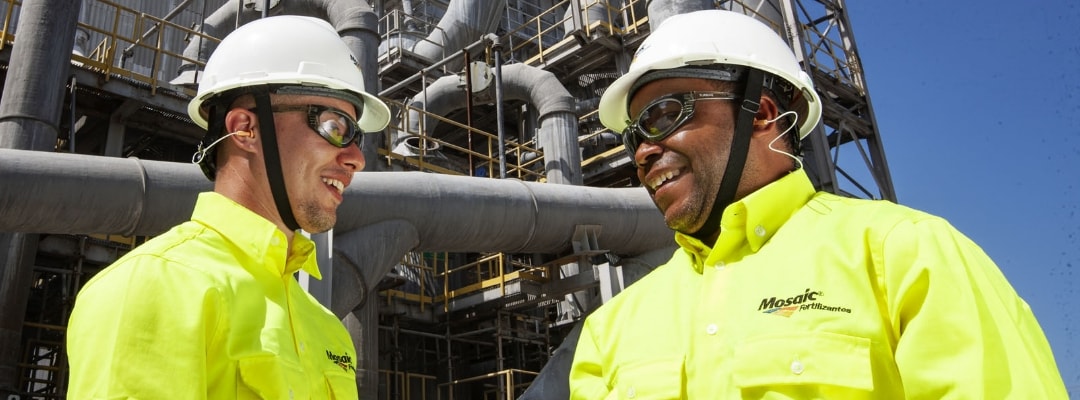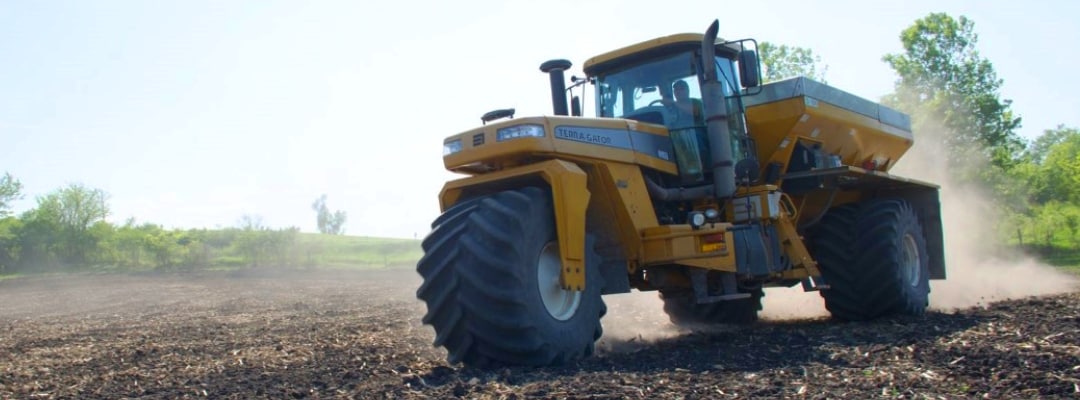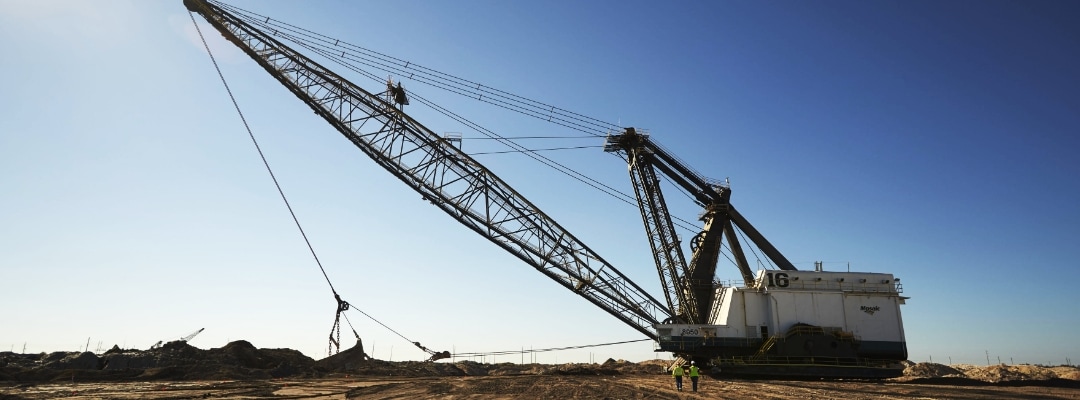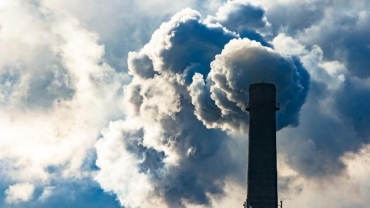
CLIENT
INDUSTRY
Chemicals and mining
FEATURING
Sustainability
Geospatial Climate
Intelligence Platform

Situation
Looking to the future to shape the present
The effects of climate change on the global food supply go beyond acute concerns like water availability and ideal temperatures for growing crops. Every step in the supply chain is subject to disruption, meaning organizations that play a supporting role in putting food on the table should regularly evaluate their approach to climate change.
The Mosaic Company (Mosaic) is one such organization. According to company reports, Mosaic, the world’s leading integrated producer of two crucial agricultural nutrients — concentrated phosphate and potash — has a low emissions profile relative to many of its fertilizer industry peers. Yet it views emissions management as a critical part of its business and industry. Even as Mosaic helps the world grow the food it needs today, it keeps an eye on tomorrow, prioritizing emissions reductions as part of a long-term commitment to sustainability.
As part of that commitment, Mosaic sought to better understand how climate change and the transition to a low-carbon economy could potentially impact its global operations. Mosaic needed more detailed insight into the risks and opportunities it might face in order to better plan for them — and to meet the recommendations of the Task Force on Climate-Related Financial Disclosures (TCFD), maintaining its status as an industry leader. To aid in these efforts, Mosaic consulted PwC’s team of climate risk specialists.

Solution
A framework for understanding climate risk
Building onto their existing climate risk assessment and disclosure practices, the exercise started with a broad qualitative risk assessment that outlined some of the most significant potential climate-related risks to Mosaic’s operations. Using future climate scenarios from a variety of established models and third-party expert data sources, PwC evaluated the potential business impact of each risk in the TCFD framework. These risks are divided into two categories: physical risks, like extreme weather and long-term warming, and those triggered by a transition to a low-carbon economy, such as regulatory implications and technology upgrades.
Together, Mosaic and PwC identified some of the highest-priority climate-related risks across the business, ranked by estimated likelihood of occurrence and severity of impact. After this workshop, Mosaic selected four physical risks and one transition risk to study further.
Potential impact for client-related risks
PwC used its proprietary Geospatial Climate Intelligence Platform to help analyze potential risk levels and associated business impacts of the largest physical risks to Mosaic. It leveraged 2ºC and 4ºC warming scenarios from a third party to examine the potential risks to Mosaic under both a low-carbon economy and a high-emissions scenario, creating a risk spectrum for the company’s assets. PwC then integrated Mosaic’s future plans and mitigation efforts to give increased specificity to the analysis. The exercise helped Mosaic refine its estimates of the potential impacts that certain physical risks could have on its global operations.
A changing regulatory environment
With facilities in the US, Canada and Brazil, Mosaic wanted to better understand how future carbon policies could impact its operations across a dynamic regulatory landscape. Mosaic asked PwC to perform a quantitative analysis using third-party scenarios that could simulate a carbon regulatory landscape under both a scenario in which global inaction leads to severe climate change, and one in which the significant policy and regulation reform needed in order to have a chance at limiting global temperature rise above the most dangerous levels (1.5/2 degrees Celsius) is implemented globally. For both scenarios, PwC incorporated Mosaic’s emissions data and used country-specific projections to illustrate the costs and opportunities for Mosaic across multiple jurisdictions.
The analysis demonstrated both the cost of inaction on climate change and the potential value of Mosaic’s forward-thinking mitigation efforts. For example, one solution explored the implementation of carbon capture technologies, indicating that at specified facilities emissions and carbon tax impact could be progressively reduced by 2030 and 2050.

Results
Increased awareness builds trust
Taking the initiative to more deeply understand the risks and opportunities posed by climate change will help Mosaic make more informed decisions involving sustainability efforts. Raising climate awareness is consistent with the company’s commitment to sustainability and helps meet the evolving needs of its employees, customers and investors. Beyond the immediate benefits, Mosaic will be better positioned for potential environmental, social and governance (ESG) reporting requirements in the future, bolstering the organization’s long-term outlook.
“We have significantly improved engagement on climate change. Groups like enterprise risk management, finance, operations and public affairs are working together to think about strategy and decisions, shifting from being mindful of climate risks to understanding the ways we are most vulnerable to these impacts and aligning on our need to drive action.”
CLIMATE RISK MODELING
Learn how companies are using climate modeling as a strategic advantage.
CASE STUDIES. REAL IMPACT.
Expertise. Technology. Results. Powered by collaboration. Explore our case studies to see what’s possible.













